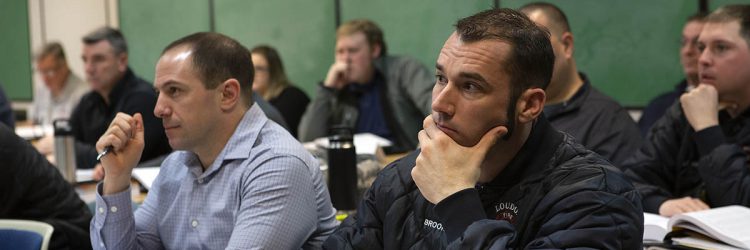Loading view.
- There were no results found.
- There were no results found.
John Stevens
- Events
- Organizers
- John Stevens
Events from this organizer
©2020 New Hampshire Department of Safety
Division of Fire Standards and Training & Emergency Medical Services. All Rights Reserved.
Division of Fire Standards and Training & Emergency Medical Services. All Rights Reserved.



